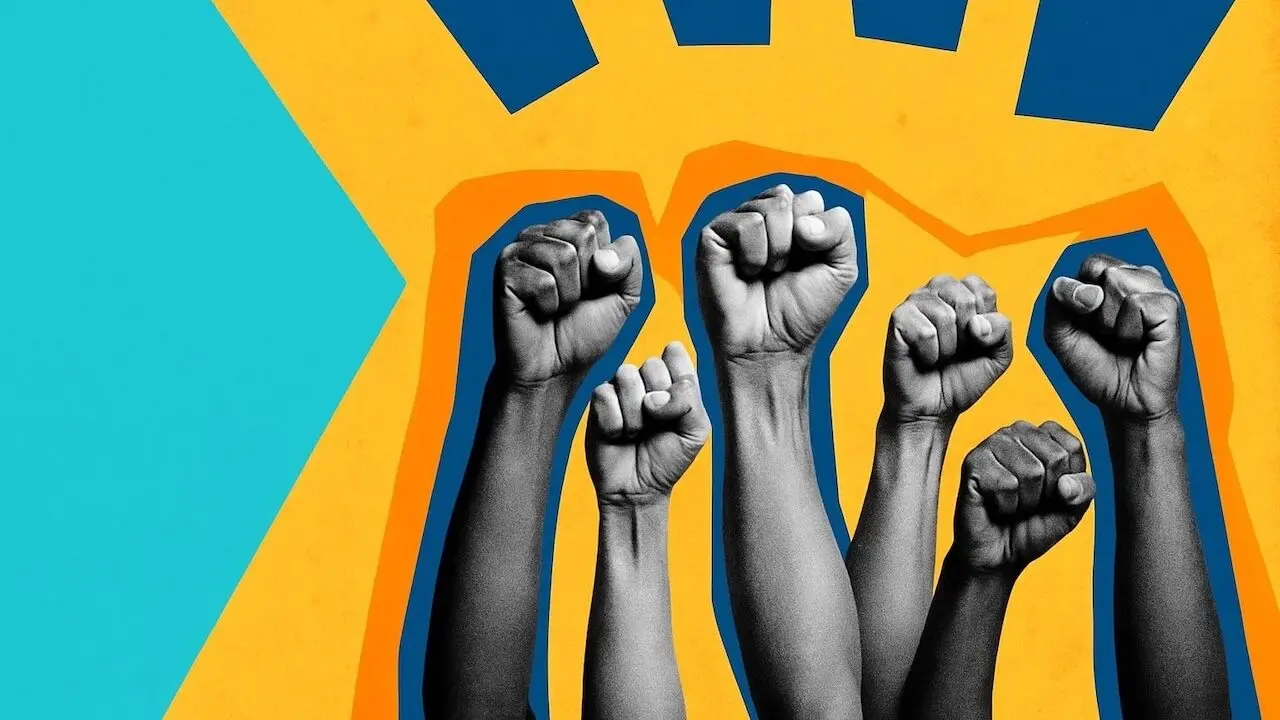In the past decade, the nonprofit sector has undergone a dramatic digital transformation. Among the most striking developments is the rise of video as a central fundraising and engagement tool. Once limited by production costs and distribution challenges, video has now become accessible, measurable, and indispensable. Nonprofits of every size—from grassroots community organizations to global humanitarian agencies—are harnessing the emotional and persuasive power of moving images to drive donations like never before.
The effectiveness of video in nonprofit communication stems from its fundamental psychology. Humans process visuals 60,000 times faster than text, and our brains are wired to connect emotionally with stories told through faces, voices, and movement. For organizations whose survival depends on empathy and trust, this makes video the perfect medium. A single minute of compelling footage can communicate need, hope, and impact more effectively than pages of written copy. As attention spans shrink and digital competition intensifies, nonprofits have learned that well-crafted video content can cut through noise and inspire immediate action.
From Storytelling to Storydoing
Traditional nonprofit communication has always relied on storytelling—sharing narratives of individuals or communities whose lives are being changed by a cause. But video allows for something more powerful: storydoing. Viewers can see the organization in action, not just read about its impact. They can watch volunteers distribute food, hear the gratitude in a beneficiary’s voice, and witness transformation unfold in real time. This authenticity deepens connection and drives donors to participate.
Modern nonprofits now treat storytelling as a strategic discipline. Instead of generic appeals, they focus on character-driven narratives that mirror the emotional arc of a film: introduction, challenge, transformation, and resolution. For example, charity: water’s famous campaign videos follow individuals in rural communities as they gain access to clean water. These films end not with abstract statistics but with scenes of celebration and joy—moments that translate empathy into generosity. The viewer doesn’t just understand the impact; they feel it.
The New Formats: Short, Mobile, and Everywhere
The digital age has changed how donors consume content. According to research by Wistia and Google, mobile video consumption grows by more than 100% annually, and the average attention span on social platforms is fewer than eight seconds. Nonprofits have adapted by producing shorter, platform-specific videos that meet audiences where they are.
On Instagram Reels and TikTok, for example, organizations create fifteen- to thirty-second “micro-stories” optimized for mobile viewing. These clips often feature quick cuts, bold captions, and immediate calls to action—like “Tap to give $10” or “See how your donation helps.” The goal is to evoke emotion instantly and guide the viewer directly to a donation link.
Longer-form content still plays an important role, especially for cultivating existing supporters. YouTube and Vimeo host documentary-style films, virtual event replays, and behind-the-scenes footage that offer transparency and depth. Many organizations also use “explainer videos” on their websites to clarify programs and show exactly how donations are spent. The key is an integrated ecosystem: short-form video attracts new supporters, while long-form video nurtures and retains them.
Video-Driven Campaigns and Events
The COVID-19 pandemic accelerated a massive shift toward digital fundraising. When in-person galas and site visits were canceled, nonprofits turned to video to maintain emotional connection with donors. Virtual events—combining pre-recorded segments, live speeches, and interactive donation moments—proved that engagement could remain strong even at a distance.
The American Red Cross, for instance, used live video updates from disaster zones to show the immediate need for support during crisis responses. Similarly, smaller community organizations began hosting virtual “impact nights,” where staff and beneficiaries shared their stories via video conference. These events not only raised significant funds but also attracted new donors who might never have attended a physical event.
Video has also enhanced peer-to-peer fundraising. Platforms like GoFundMe and Classy now allow users to embed personalized video appeals in their fundraising pages. Supporters film themselves explaining why they care about a cause, making the campaign personal and relatable. This user-generated content multiplies reach and authenticity, as social proof becomes a central motivator for giving.
Technology: Lower Costs, Higher Impact
The democratization of technology has leveled the playing field for nonprofit storytellers. A decade ago, producing professional video required expensive cameras, editing suites, and crews. Today, a smartphone and free editing apps like CapCut or DaVinci Resolve can achieve cinematic results. Cloud-based tools simplify collaboration, allowing staff, volunteers, and partners to share footage, apply brand templates, and produce content rapidly.
Artificial intelligence is also reshaping production workflows. AI-powered transcription and captioning tools automatically generate subtitles, making videos accessible to global and hearing-impaired audiences. Machine learning algorithms can even analyze viewer behavior—how long people watch, when they stop, and what drives clicks—to optimize future content. Personalized video messaging platforms such as SundaySky or Idomoo allow nonprofits to insert donor names, past contribution data, and customized thank-you messages into videos at scale. These technologies not only save time and cost but also make communication feel deeply human.
The Power of Data and Measurement
Unlike traditional mailers or static ads, video performance is measurable in real time. Metrics such as view-through rate, click-through rate, and conversion rate reveal exactly how audiences respond. Nonprofits use these insights to refine messaging, test emotional tones, and allocate media budgets efficiently.
For example, an animal rescue organization might test two variations of a video—one focusing on rescue stories, the other on adoption success. Analytics might show that the second version generates a 40% higher donation rate. That data then guides creative strategy for future campaigns.
At a higher level, video data can integrate with customer relationship management (CRM) systems like Salesforce or HubSpot. This integration allows nonprofits to track how individual donors engage with video content and tailor follow-up messages accordingly. A viewer who watched 90% of a disaster relief video but did not donate might later receive a personalized reminder or a shorter recap clip. Over time, this data-driven approach converts passive viewers into active supporters.
Emotional Authenticity and Ethical Storytelling
With the persuasive power of video comes responsibility. Nonprofits must balance emotional impact with ethical integrity. Overly dramatic or manipulative imagery—sometimes called “poverty porn”—can backfire, eroding trust and dignity. Best practices now emphasize authenticity, consent, and respect.
Beneficiaries should always be portrayed as partners in change, not as helpless victims. Filmmakers should obtain informed consent, ensure that participants understand where and how the footage will be used, and share completed videos with them whenever possible. Music and editing choices should support sincerity rather than sensationalism. Donors respond not just to emotion, but to integrity; transparency builds long-term loyalty.
Integration Across the Donor Journey
Leading nonprofits view video not as a one-off campaign tool but as an integrated element across the donor lifecycle. The donor journey typically includes four phases: awareness, consideration, conversion, and stewardship.
- Awareness videos introduce the cause—short, shareable clips designed for virality and reach.
- Consideration videos provide deeper context: testimonials, behind-the-scenes looks, and problem-solution storytelling.
- Conversion videos deliver a clear, specific ask, often tied to a time-sensitive goal or match challenge.
- Stewardship videos close the loop, showing impact, gratitude, and accountability to keep donors engaged.
Organizations that align video strategy to these stages see higher donor retention and lifetime value. A 2024 study by Nonprofit Tech for Good found that supporters who received at least one personalized video thank-you within a month of donating were 38% more likely to give again the following year.
The Role of Authentic Voices
Authenticity remains video’s secret weapon. While polished productions have their place, many of the most successful campaigns rely on real voices—frontline workers, volunteers, or beneficiaries speaking candidly. Unscripted interviews, mobile-shot clips, and user-generated content often outperform studio-quality films in engagement metrics. Viewers value transparency and realism over perfection.
This shift has also expanded representation. Nonprofits are increasingly using participatory video approaches, training local communities to document their own stories. This not only reduces production costs but also gives agency to the people whose lives the organization seeks to improve. It transforms storytelling into collaboration, reinforcing trust between donors and recipients.
Challenges and Future Directions
Despite its promise, video fundraising presents challenges. Production still requires time, planning, and skill. Competing for attention in a crowded social media landscape demands creativity and consistency. Algorithm changes can reduce organic reach, making paid promotion necessary. Furthermore, donor fatigue can occur if organizations overuse emotional appeals without demonstrating tangible results.
To stay effective, nonprofits must adopt long-term strategies rather than campaign bursts. Investing in content calendars, consistent visual branding, and reusable assets ensures sustainability. Cross-department collaboration—between communications, development, and program teams—keeps messaging coherent and mission-aligned.
Emerging technologies will further evolve how video drives donations. Virtual reality and 360-degree video experiences allow donors to “step inside” a refugee camp or coral reef restoration project, fostering immersive empathy. Interactive video donation platforms already enable viewers to click directly within a video to give or choose where their money goes. As personalization and automation advance, the line between storytelling and donor experience will continue to blur.
CONCLUSION: A New Era of Visual Empathy
Video has become more than a medium for nonprofits—it is a movement. It democratizes storytelling, amplifies marginalized voices, and converts emotion into measurable impact. By combining authenticity, ethical rigor, and data-driven optimization, nonprofits are transforming how they engage donors and sustain their missions.
The next decade will likely cement video as the heart of nonprofit communication. Organizations that master its language—concise storytelling, emotional honesty, and strategic integration—will lead the sector in both trust and funding. Those that fail to adapt risk invisibility in a world where attention is the ultimate currency.
Ultimately, the power of video lies not in technology but in human connection. It allows nonprofits to bridge distance, build empathy, and remind audiences that behind every donation is a shared belief in change. In an age of fleeting attention, video offers something rare and lasting: a glimpse of hope made visible.
Partnering with Experts to Amplify Impact
For nonprofits ready to take their visual storytelling to the next level, collaborating with a specialized video production partner can make all the difference. ARTtouchesART, a London-based film and video production company, helps mission-driven organizations bring their stories to life with cinematic quality and emotional depth. Our promotional video services are designed to highlight purpose, showcase impact, and inspire action—key ingredients for successful fundraising in today’s digital landscape.
From concept development and scripting to filming, editing, and distribution, ARTtouchesART combines creative artistry with strategic understanding of nonprofit goals. Whether you need a campaign video, an event highlight, or a heartfelt donor story, our team can craft visuals that resonate with authenticity and drive measurable results.
To learn more or discuss your next project, visit our contact page and start turning your mission into motion.

